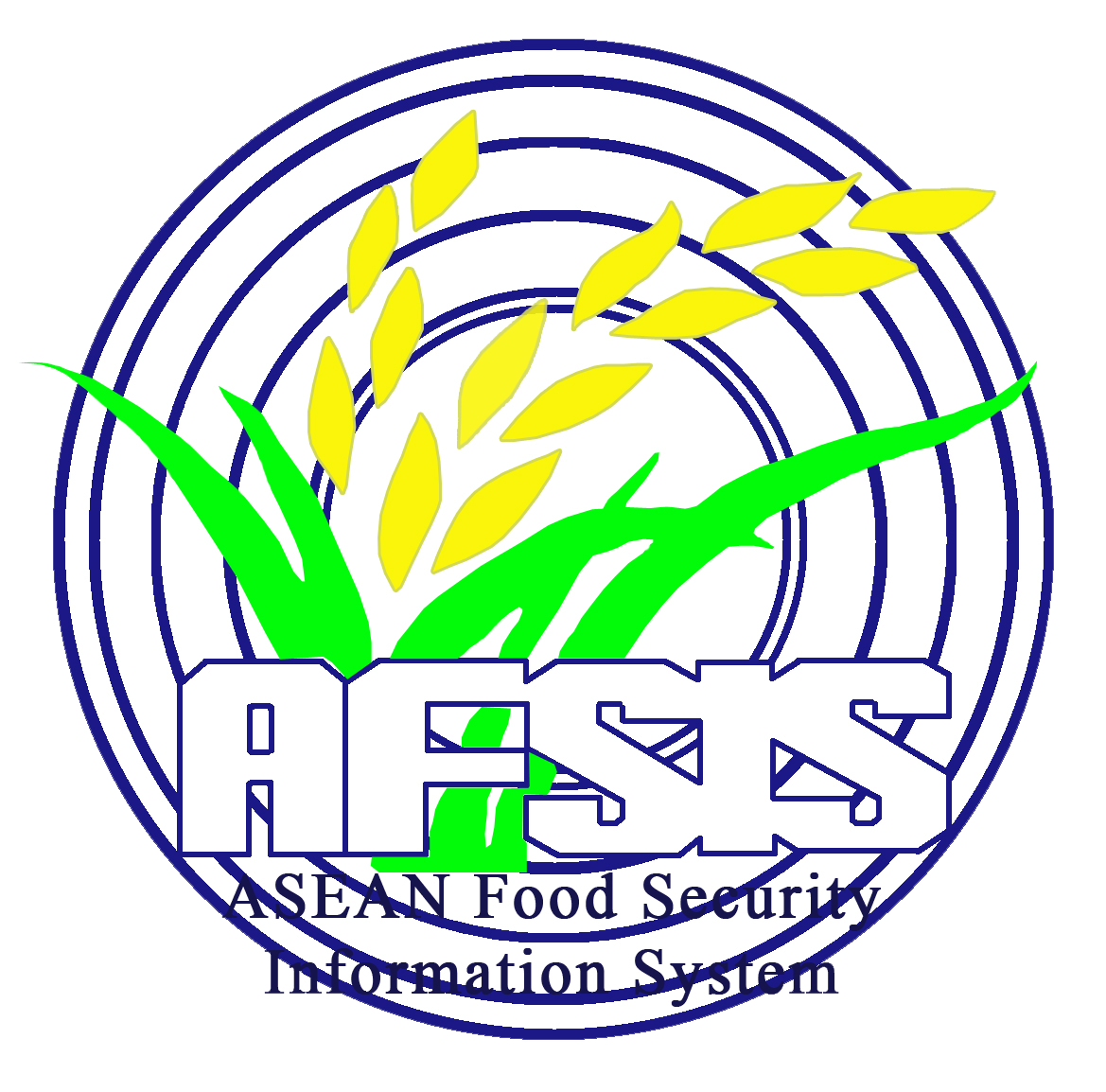

Transboundary Flooding & Landslides in Lao PDR and Thailand
On 24 August 2024
Source: (1) ASEAN Coordinating Centre for Humanitarian Assistance, National Disaster Risk Reduction and Management Council (2) Department of Disaster Prevention and Mitigation Ministry of Interior. Thailand [DDPM] and (3) The Center for Agricultural Statistics, Department of Planning and Coordination, Ministry of Agriculture and Forestry, Vientiane Capital, Lao PDR.
References:
Heavy Rainfall Triggers Severe Flooding in Lao PDR and Thailand
On 23 August 2024, the National Disaster Management Office (NDMO) of Lao PDR reported severe flooding across six districts in Xayaboury Province, caused by continuous heavy rainfall since 20 August. The floods have led to extensive damage, affecting large swathes of agricultural land and posing a significant threat to the livelihoods of local farmers.
LAO PDR
Impact on Affected Areas
The floods have inundated a total of 1,685.87 hectares across Xayaboury Province. Of these, 593.03 hectares have been either destroyed or are expected to suffer extensive damage.
Agricultural Devastation
The floods have severely impacted several key crops in the region:
Government Response and Countermeasures in Lao PDR
In response to the disaster, the Lao government has outlined several countermeasures:
Thailand
Between 16-23 August 2024, a combination of a moderate monsoon trough, a low-pressure cell in Vietnam, and the southwest monsoon caused severe flooding across multiple provinces in Thailand and is expected to have more additional impact in days later.
The floods have affected 11 provinces, resulting in significant loss of life and widespread damage to communities.
Impacted Provinces and Current Situation
Initial Impact (11 provinces): Chiang Rai, Chiang Mai, Phayao, Nan, Lampang, Phrae, Phetchabun, Udon Thani, Rayong, Phuket, Yala.
Extent of Damage
Government Response and Countermeasures in Thailand
DDPM has initiated several measures to manage and mitigate the ongoing disaster:
1. Monitoring and Coordination:
A specialized working group has been established to monitor weather conditions and manage the situation from DDPM.
2. Flood Disaster Plan Preparation:
The provincial flood disaster plan is under review and improvement. The plan now emphasizes critical areas such as:
3. Relief and Assistance:
Download word file:Transboundary Flooding Landslides in Lao PDR and Thailand

In late November and early December 2024, Malaysia and southern Thailand experienced severe flooding and heavy rainfall, which caused widespread damage, including landslides and agricultural devastation. In Malaysia, 25 districts across seven states were severely impacted, with households evacuated and extensive flooding reported. Similarly, southern Thailand experienced heavy rains and flash flooding, particularly in provinces affecting over 136,000 households. The floods severely damaged agricultural sectors, with significant losses in paddy rice and other crops, amounting to millions of dollars in damages in both countries. In response, both nations initiated emergency measures, including providing aid and conducting damage assessments. Malaysia focused on intensive assistance to affected households, while Thailand mobilized a range of relief efforts, including specialized equipment and emergency vehicles, to support flood-stricken regions. The agricultural losses in both countries highlight the critical need for improved disaster preparedness and more resilient agricultural systems.

The tropical cyclones that impacted the Philippines in November 2024, including Yinxing, Oraji, Usagi, and Man-Yi, have caused widespread devastation across several provinces, resulting in heavy rainfall, severe winds, flooding, and significant agricultural damage. These storms have left communities grappling with extensive losses, including damaged crops, disrupted livelihoods, and displacement. Despite the severe impacts, the government of the Philippines, along with international aid from neighboring countries and global partners, has mobilized resources for relief and recovery. The ongoing efforts to assist those affected highlight the resilience of the Filipino people and the importance of continued preparedness in the face of natural disasters.

On 26-27 November 2024, Dr. Sumanya Ngandee, the AFSIS Manager, participated in the 30th session of the Asia-Pacific Regional Space Agency Forum (APRSAF-30), held in Perth, Australia. This event was co-organized by the Australian Space Agency (ASA), the Ministry of Education, Culture, Sports, Science and Technology (MEXT) of Japan, and the Japan Aerospace Exploration Agency (JAXA). The forum's focus was to bring together stakeholders from various space agencies in the Asia-Pacific region to address pressing regional issues through space-based solutions.

On Sunday, November 3, 2024, at 22:57 WITA, Mount Lewotobi Laki-Laki, one of Indonesia’s 120 active volcanoes, erupted on the island of Flores in East Nusa Tenggara province, The eruption, lasting 24 minutes (1,450 seconds), was recorded with a massive amplitude of 47.3 mm. According to Indonesia's National Disaster Management Agency, a strong eruption sent ash up to 2,000 meters (6,500 feet), affecting over 10,000 people. Smaller eruptions followed on November 5-6. In response, the Center for Volcanology and Geological Hazard Mitigation (PVMBG) raised the volcano’s alert status to “Awas” (Level IV), indicating a high danger level.
Visitor Info 320758 | Today 105 | Yesterday 363 | This week 3114 | This Month 8030 | Total 320758
Copyright 2017. ASEAN Plus Three
Food Security Information System Rights Reserved.